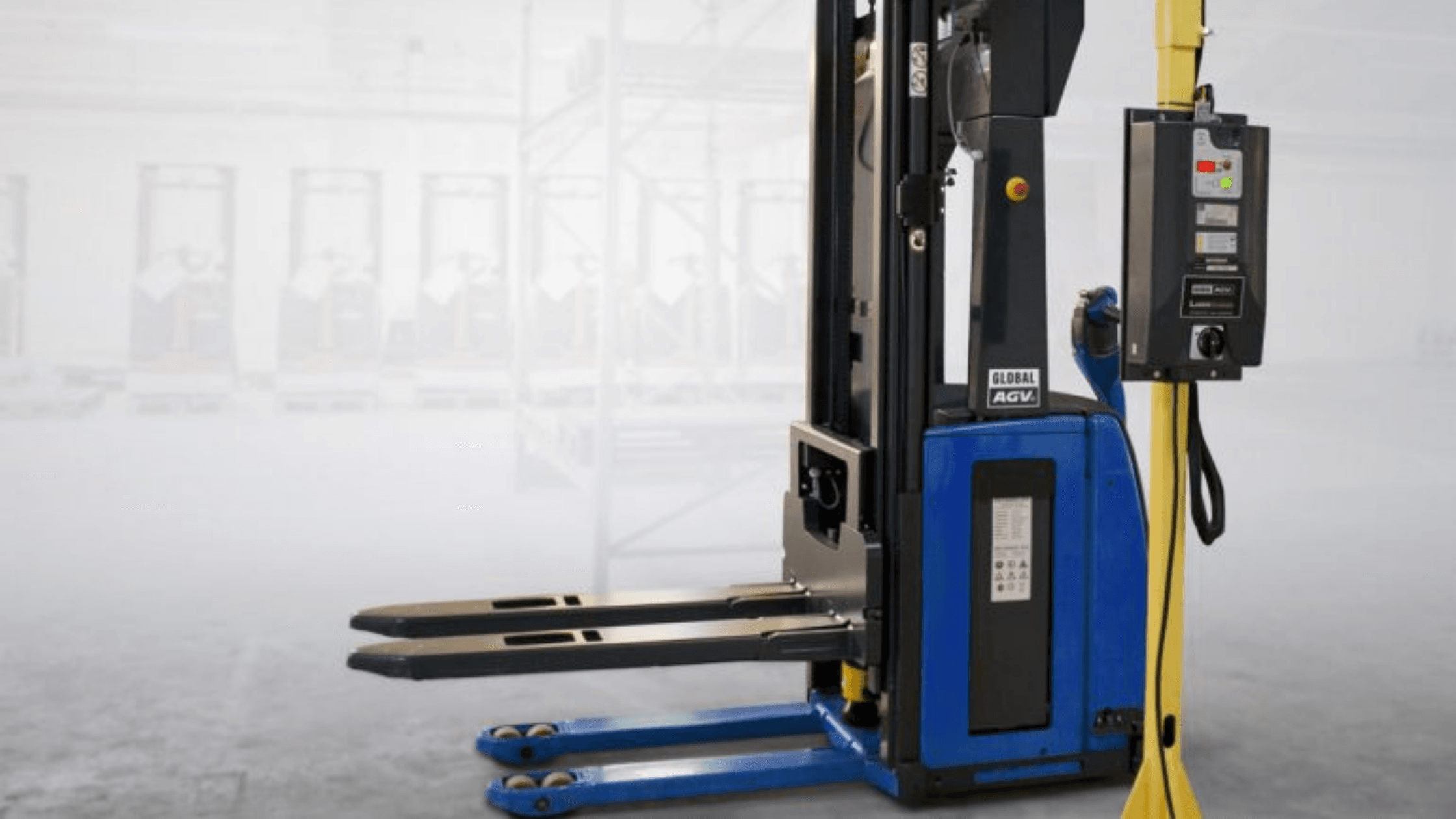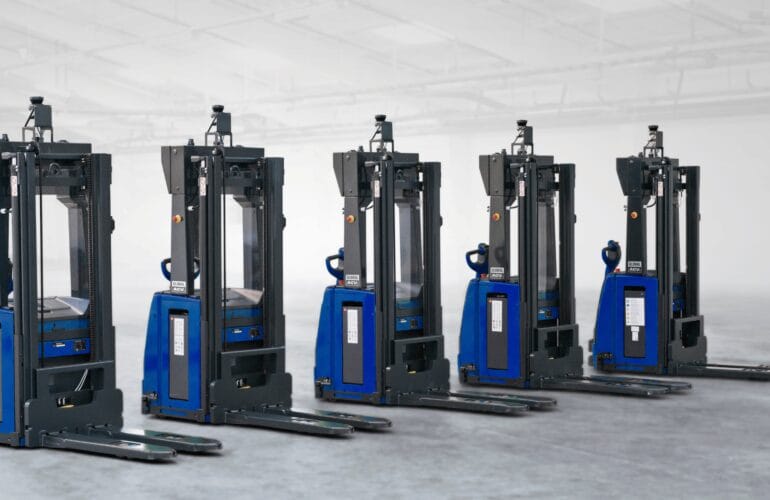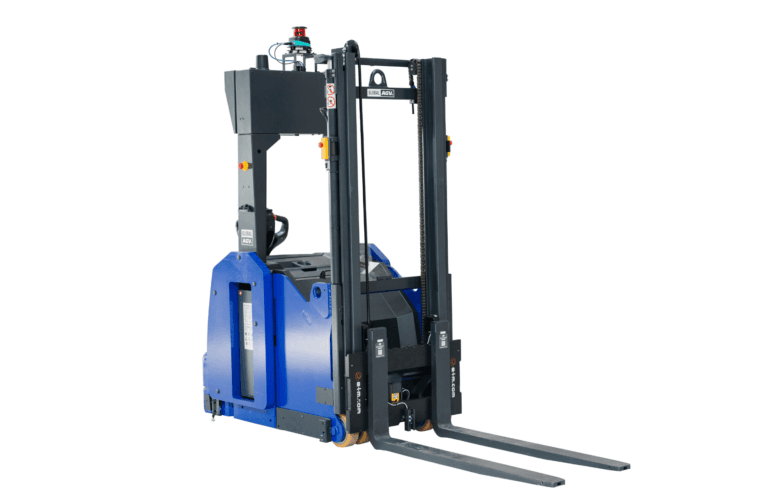Automated guided vehicles (AGVs) travel factory floors, warehouses or distribution centres on a marked path to carry out the work of forklifts and conveyors, automating processes traditionally carried out by humans. What’s the human impact when a business decides to buy one of these robots, and how has the pandemic influenced investment in a machine workforce?
How has Coronavirus affected investment in AGVs?
AGVs are a well-established tool and were already on the rise before Coronavirus appeared, but the growth in ecommerce over the course of the pandemic, spurred on by shopping restrictions such as lockdown and mask enforcement, has only cleared the way for automated processes. Customer demands and expectations are high and automated guided vehicles (AGVs) are efficient – fast and accurate.
The benefits of AGVs
There is no doubt that there are many positives to investing in automated equipment. Some benefits include:
- Fewer mistakes made
- Greater speed and no breaks
- Increased safety
- Scalable
- Increased productivity
- Integration to existing systems
Will jobs be created?
As TechHQ writes, automation will likely both kill and create jobs as the human focus shifts to robotic skills. For health and safety reasons alone, The International Federation of Robots (IFR) advises changing hiring practices and educating the workforce as short-term strategies, but that in the longer term, training will need to come much earlier – starting as early as school age. A recent IFR report found that there will be a high demand for workers with robotic skills to aid in post-Corona recovery, so we’re not getting rid of the human element just yet.
AGVs in action
At PALpack, we offer AGV solutions from Global, which can integrate into existing technology or operate as a standalone machine. The ease of programming is a huge benefit, installation takes days, rather than weeks and new programs can be added by simply “walking” the AGV through a new path.




